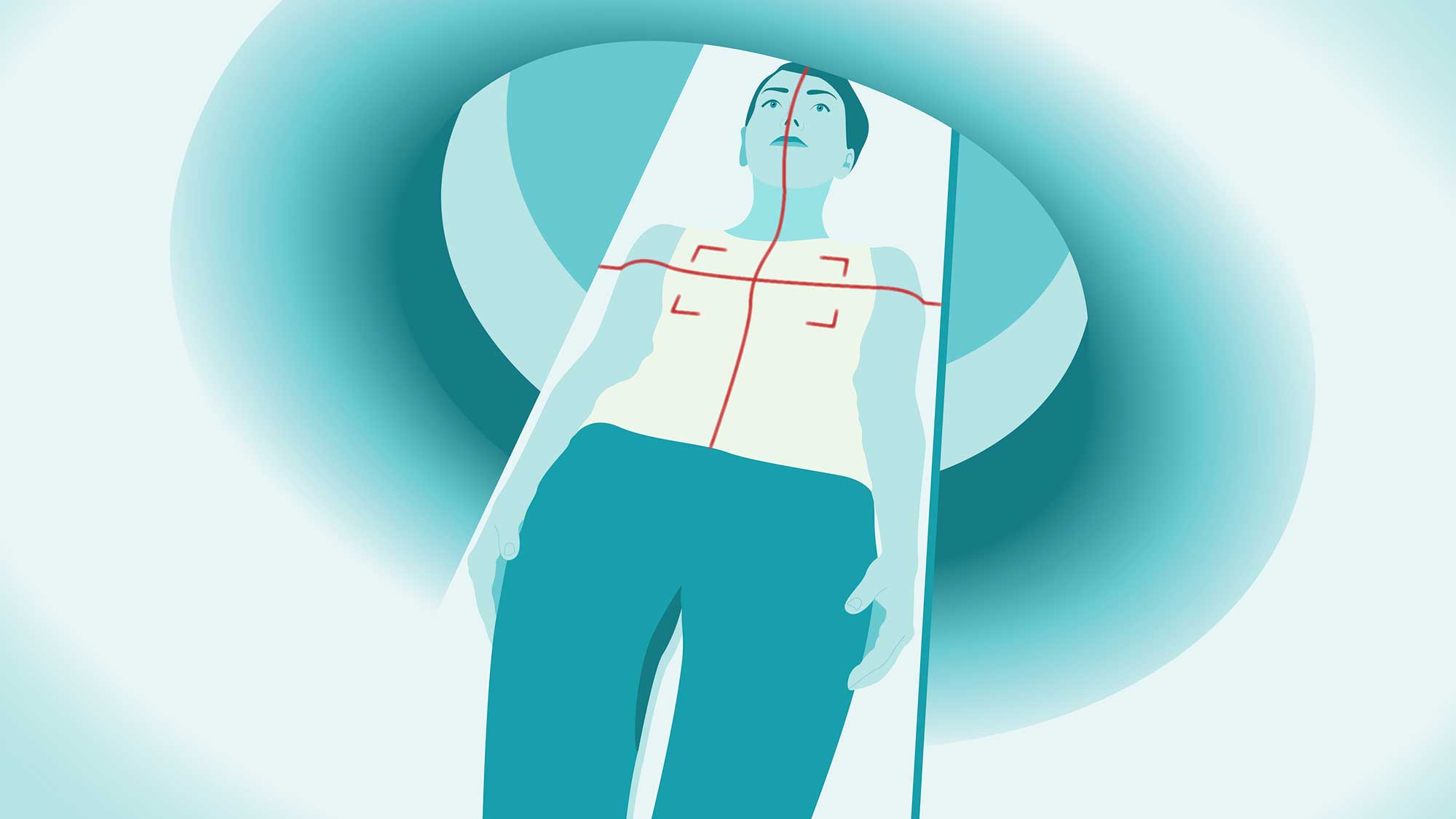Massive Job Cuts at U.S. Health Agencies Threaten Public Health Infrastructure
In a significant restructuring move, the United States Department of Health and Human Services (HHS) announced the layoff of thousands of employees on Tuesday, impacting critical public health operations across the nation. This decision will reduce the agency's workforce to approximately 62,000 positions, effectively eliminating nearly a quarter of its staff. The cuts include 10,000 layoffs and an additional 10,000 employees opting for early retirement and voluntary separation offers. The layoffs predominantly affect positions in the Washington, D.C. area, as well as at the Centers for Disease Control and Prevention (CDC) in Atlanta and various smaller offices nationwide. The ramifications of these layoffs extend deeply into the fabric of the U.S. public health system, affecting a wide array of roles from researchers and scientists to doctors and administrative staff. Many of these individuals have been instrumental in shaping the nation's health policies, particularly in areas such as medical research, drug approvals, and public health guidelines. Health Secretary Robert F. Kennedy Jr., who oversees HHS, characterized the department as inefficient and proclaimed that “The revolution begins today!” on social media as the layoffs commenced. His comments came shortly after he officiated the swearing-in of two new agency heads amid the turmoil. Among the hardest hit is the Food and Drug Administration (FDA), which will see a reduction of approximately 3,500 positions. The cuts will directly impact teams responsible for reviewing new drugs and medical implants, as well as those establishing policies for electronic cigarettes and other tobacco products. Notably, the FDA's top tobacco regulator and several of his deputies were also removed from their positions, raising concerns about the agency's ability to enforce health standards and regulations. The CDC, tasked with preventing disease and promoting public health, is expected to cut around 2,400 jobs. These layoffs will particularly affect departments focused on non-infectious health threats, including asthma, smoking, climate change, and gun violence. Internal reports indicate that the center dedicated to occupational health research faced severe staffing cuts, leading to the dismissal of at least nine high-level directors, many of whom were placed on administrative leave with reassignment offers to other HHS agencies like the Indian Health Service. Public health experts view this as a strategic move to push veteran leaders out of the agency. The National Institutes of Health (NIH), recognized as the premier medical research institution globally, is poised to lose 1,200 jobs. This follows a trend initiated during the Trump administration, which had already eliminated over 1,000 positions, affecting both scientists and administrative staff involved in distributing billions in research funding. The NIH has also canceled hundreds of grant applications, which could stifle advancements in research focused on critical diseases such as cancer, Alzheimer's, and HIV. Notably, four directors from the NIH's 27 institutes and centers were placed on administrative leave, including a prominent expert on HIV in women, raising alarms about the future of medical research and public health funding. Additionally, the Centers for Medicare and Medicaid Services (CMS), which administers crucial programs like Medicare, Medicaid, and the Affordable Care Act marketplace, is set to cut 300 jobs. Initial reports indicate that the reductions will affect the agency’s Office of Minority Health and various operational offices, jeopardizing efforts to ensure equitable health care access. The widespread layoffs within these pivotal health agencies have sparked serious concerns about the future of public health in the United States. Experts warn that the loss of experienced personnel could have long-lasting implications for disease prevention, regulatory enforcement, and health research that are essential to safeguarding the nation's health. As the reshaping of HHS unfolds, stakeholders across the country will be closely monitoring its impact on public health infrastructure and policy.
















